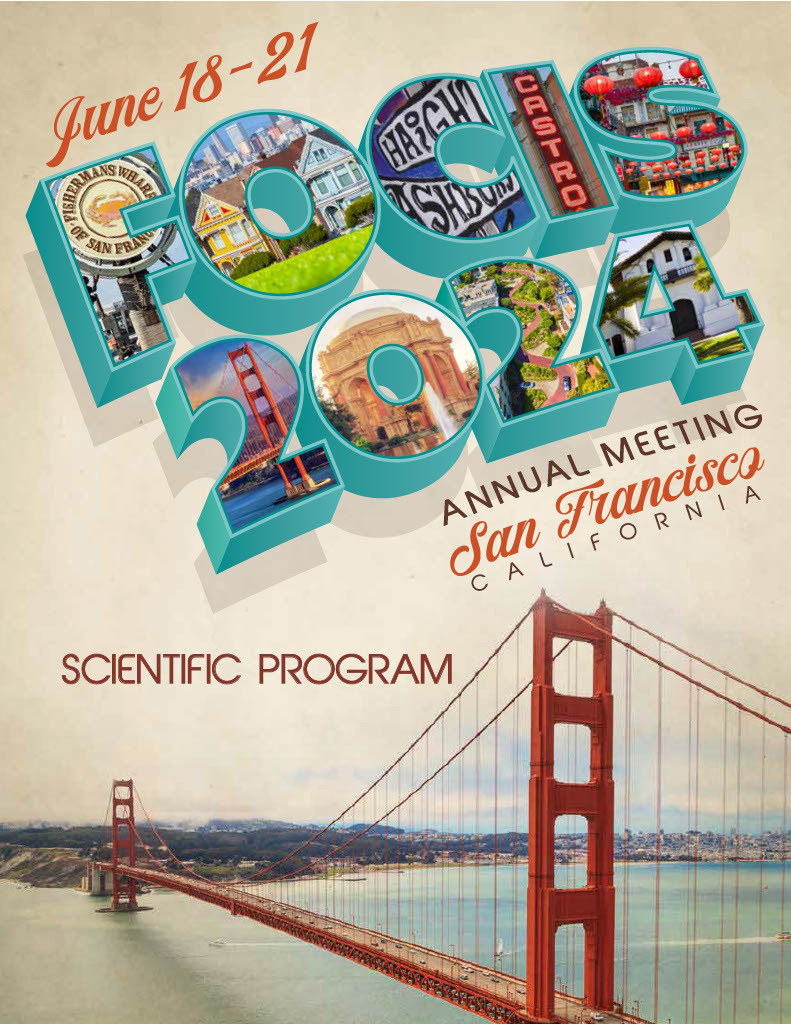Tu102 - Molecular Endotype Identification in Two Common Skin Diseases: Atopic Dermatitis (AD) and Psoriasis (PSO)
Tuesday, June 18, 2024
6:00 PM - 7:30 PM PT
Sandro Bruno – Novartis; Virendra Chaudhri – Sanofi; Vittorio Fortino – University of Eastern Finland; Sascha Gerdes – Kiel University; Matthias Hübenthal – Kiel University; Peter Hecht – Sanofi; Alexandra Hicks – Sanofi; Frank Kolbinger – Novartis; Thomas Litman – LEO Pharma A/S; Teemu Rintala – University of Eastern Finland; Ilan Wapinski – Sanofi; Stephan Weidinger – Kiel University
- HX
Heming Xing, Ph.D.
Lab Head, Sr. Principal Scientist
Sanofi
Cambridge, Massachusetts, United States
Abstract Text: The two most prevalent chronic inflammatory skin conditions, atopic dermatitis (AD) and psoriasis (PSO), exhibit considerable patient heterogeneity. The BIOMAP consortium aims to delve into this heterogeneity of AD and PSO, to re-define taxonomy and patient stratification methods.
We identify two stable molecular endotypes for each condition by analyzing skin transcriptomic data from 272 AD and 319 PSO patients. In the case of AD, one endotype showed heightened inflammation via Th1/Th2, IL17 and other cytokine pathways, while another displayed elevated PD1 and LXR/RXR activities. Similarly, in PSO, one endotype demonstrated increased inflammation with IL17 and S100 family pathways, whereas the other exhibited lower inflammation alongside heightened fibroblast activity. Key markers like CXCL1, CXCL2, CXCR3, and IL1B distinguishes the two endotypes within both AD and PSO.
We are currently involved in replicating and validating our findings through collaboration with academic and industry partners in BIOMAP to further explore and characterize endotypes using the same analytical framework. Additional examination involving existing drug targets, signaling pathways, and cellular behaviors will shed light on potential avenues for innovative disease taxonomy and endotype-directed treatment approaches for patients with AD or PSO.
This project has received funding from the Innovative Medicines Initiative 2 Joint Undertaking (JU) under grant agreement No 821511 (BIOMAP). The JU receives support from the European Union’s Horizon 2020 research and innovation programme and EFPIA. This publication reflects only the author’s view and the JU is not responsible for any use that may be made of the information it contains.
We identify two stable molecular endotypes for each condition by analyzing skin transcriptomic data from 272 AD and 319 PSO patients. In the case of AD, one endotype showed heightened inflammation via Th1/Th2, IL17 and other cytokine pathways, while another displayed elevated PD1 and LXR/RXR activities. Similarly, in PSO, one endotype demonstrated increased inflammation with IL17 and S100 family pathways, whereas the other exhibited lower inflammation alongside heightened fibroblast activity. Key markers like CXCL1, CXCL2, CXCR3, and IL1B distinguishes the two endotypes within both AD and PSO.
We are currently involved in replicating and validating our findings through collaboration with academic and industry partners in BIOMAP to further explore and characterize endotypes using the same analytical framework. Additional examination involving existing drug targets, signaling pathways, and cellular behaviors will shed light on potential avenues for innovative disease taxonomy and endotype-directed treatment approaches for patients with AD or PSO.
This project has received funding from the Innovative Medicines Initiative 2 Joint Undertaking (JU) under grant agreement No 821511 (BIOMAP). The JU receives support from the European Union’s Horizon 2020 research and innovation programme and EFPIA. This publication reflects only the author’s view and the JU is not responsible for any use that may be made of the information it contains.

